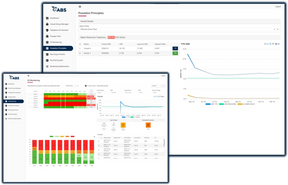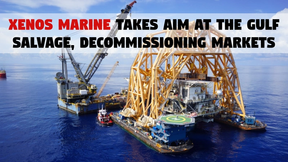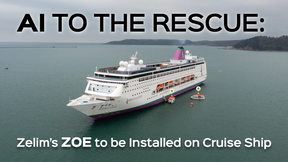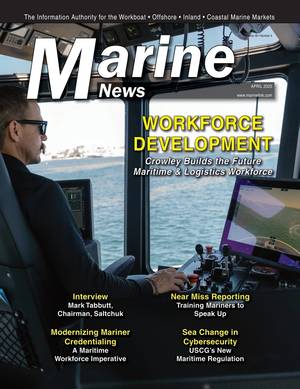Maritime Piracy
The maritime piracy menace is an old one, but it continues to be a significant threat to the global trade and security of the seas. Piracy is a major challenge today, despite concerted efforts by international organizations to combat this illegal activity. New developments and persistent threats are shaping the current landscape.
The Nature of Maritime Piracy
Maritime piracy involves criminal activities carried out at sea, targeting ships, their cargo, and crew members. These activities typically include hijacking vessels, robbing valuable cargo, and kidnapping crew members for ransom. Modern pirates are often heavily armed and can be highly organized, employing sophisticated tactics to board and seize control of ships.
Recent Developments in Piracy at Sea
1. Gulf of Guinea
Gulf of Guinea, which encompasses the waters of West Africa, is now the epicenter of global maritime piracy. The International Maritime Bureau reported a significant rise in incidents in 2022. Over 50% of all global piracy attacks occurred in this area. The violent kidnappings of crew members for ransom has become a hallmark in this region's piracy. Armed gangs hijack ships and demand exorbitant amounts for their release.
2. Southeast Asia
Piracy incidents have declined in Southeast Asia in recent years, but the region is still vulnerable. Local authorities have increased maritime patrols and regional cooperation has proven effective in averting certain threats. There are still reports of sporadic hijackings and attacks against smaller vessels for the purpose of fuel or cargo theft.
3. Technological Advancements
Pirates on the high seas are adapting to new technologies and using sophisticated methods to attack vessels. GPS jammers, encrypted communication networks, and drones have become more common, which allows pirates to plan attacks and evade the law. The evolution of pirate tactics requires a parallel development in anti-piracy strategies and technologies.
4. Post-Pandemic Economic Effect:
Inadvertently, the COVID-19 pandemic has disrupted international trade and increased economic vulnerability. This has led to an increase in piracy. In the face of a struggling economy, coastal communities have turned to piracy to survive. This socio-economic aspect highlights the need for comprehensive measures that address not just the symptoms, but also the root cause of piracy.
Persistent threats in Maritime Piracy
1. Political Instability
Somalia and other regions with political instability continue to be breeding grounds for pirates. Lack of effective law enforcement and governance creates an environment that is conducive to pirate groups. The international naval coalitions were able to stop piracy in the Horn of Africa. However, the solution for the long term is to establish stable governance and provide economic opportunities for the local population.
2. Cybersecurity Vulnerabilities
Cybersecurity has become a major concern with the digitalization of maritime operations. Pirates exploit vulnerabilities in digital systems to gain access to sensitive information. This allows them to identify targets of high value and plan attacks with greater effectiveness. Weak cybersecurity can compromise navigation systems on vessels, leading to hijackings and sabotage.
3. Multifaceted criminal networks:
Modern piracy often involves larger criminal networks that are involved in illegal activities like human trafficking and drug smuggling. These syndicates are multi-faceted and use piracy to supplement their income, making it difficult to fight them. To dismantle the networks, a holistic approach is needed that addresses all aspects of operations.
4. Environmental and Humanitarian Impact
Piracy on the seas has grave environmental and humanitarian implications. Fuel spills, and other environmental hazards can be caused by disruptions of shipping routes due to piracy. The human cost of piracy is also high, as seafarers are subjected to violence, long-term captivity and psychological trauma. To address these impacts, maritime, humanitarian, and environmental organizations must coordinate their response.
Piracy on the high seas is a growing threat. It's fueled by an interplay of complex economic, technological and social-political forces. Recent developments have highlighted the adaptability of pirate groups, and the challenges that the maritime community faces. Fighting piracy requires a multifaceted approach that includes international collaboration, technological innovations, and socioeconomic development.
In order to continue to navigate the constantly changing waters of maritime piracy around the globe, it is imperative that governments, maritime industry stakeholder organizations, and international organizations work together. We can protect global trade, promote sustainable development, and protect seafarers by fostering a stable and secure maritime environment.




















